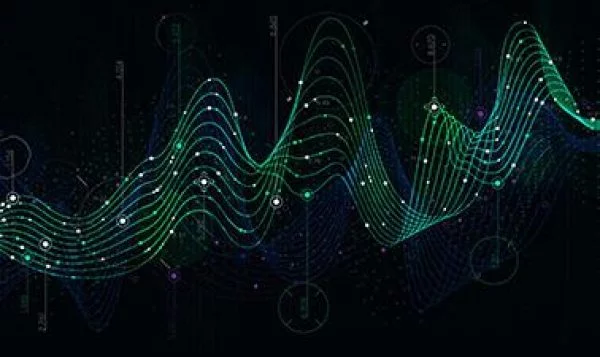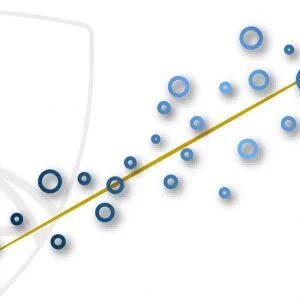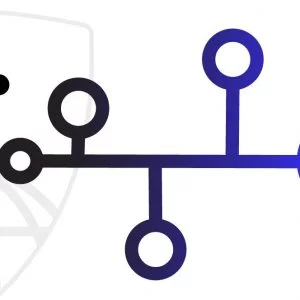
Data Science: Computational Thinking with Python
FREE
We live in an era of unprecedented access to data. Understanding how to organize and leverage the vast amounts of information at our disposal are critical skills that allow us to infer upon the world and make informed decisions. This course will introduce you to such skills. To work with large amounts of data, you will need to harness the power of computation through programming. This course teaches you basic programming skills for manipulating data. You will learn how to use Python to organize and manipulate data in tables, and to visualize data effectively. No prior experience with programming or Python is needed, nor is any statistics background necessary. The examples given in the course involve real world data from diverse settings. Not all data is numerical – you will work with different types of data from a variety of domains. Though the term “data science” is relatively new, the fundamental ideas of data science are not. The course includes powerful examples that span the centuries from the Victorian era to the present day. This course emphasizes learning through doing: you will work on large real–world data sets through interactive assignments to apply the skills you learn. Throughout, the underlying thread is …
Instructor Details
Courses : 1
Specification: Data Science: Computational Thinking with Python
|
2 reviews for Data Science: Computational Thinking with Python
Add a review Cancel reply
This site uses Akismet to reduce spam. Learn how your comment data is processed.

| Price | Free |
|---|---|
| Provider | |
| Duration | 25 hours |
| Year | 2020 |
| Level | Beginner |
| Language | English |
| Certificate | Yes |
| Quizzes | No |

FREE






Dan Crewger –
Data 8.1 is a perfect course for people with no programming experience. It uses Python to teach Data Science, but prior Python knowledge is not needed. The course introduces the entire toolset needed in a very intuitive way. It uses a Python library called “datascience”, which was created for this course. The good thing about the datascience library is that it’s very easy to understand, the drawback is that you won’t be introduced to industry standard libraries such as numpy or pandas. At first, the courses pace was a bit too slow for me, but later on I appreciated it, because as things get more advanced, the slower pace helps with understanding.
The videos are around 3h a week, plus roughly an hour for the lab assignment. The assignments are moderately challenging and help in making sure the course content sticks.
I really appreciated the course community, questions are asked and answered and thoughts as well as further analysis of the datasets shared in the discussion forums that exist for each lecture.
What also made the course very enjoyable are the well chosen datasets that are being used to show what kind of insights data exploration can yield, which motivates to keep going.
I’m looking forward to the follow up courses.
Anonymous –
Wonderfully organized. Great examples.
Clear, and fortunately , not too concise. Perfect.
Now, I am looking for the command:
pip install data8 datascience
Hope it is implemented someday.
😉
Thank you, again.